I often advise our contributors to ignore the ubiquitous film and art references that normally plague press releases and reviews. It seems as though the designer feels pressured to reference something, to cite an inspiration that’s cultured and intellectual, in order to give journalists a movement to write about, so then we can all say, ‘ah, there it is - Bauhaus’.
But that’s what deeply refreshing about Haider Ackermann, who doesn’t typically point to anything really, to explain his vision. “I don’t like to define. It was just an ode to everything I love”, he told Vogue’s Luke Leitch of Fall/Winter ’20.
The danger of relying too much on references robs us of the chance to describe the soul of a collection: the underlying quality, the core essence of what the aesthetic conveys. What is it that Ackermann values, what inside him compelled the clothes you see walking down the runway, complete with space-age bouffants?
The mysterious regality of the space-age bouffants at Haider Ackermann FW20 exuded a sense of personal power. Photo: vogue.com
What I do tell my contributors: pick a collection that makes you feel something, look carefully, and describe what you feel, analyze why, and state the emotional value of the clothes. Ackermann’s collections always make me feel strangely understood, and so in following my own advice, I sat to assess what’s behind Fall/Winter ’20, a potent collection defined by tailoring, cutout detailing, mixed-up collars, vents, monochrome, camel, olive, and cream, presented to a soundtrack that included Leonard Cohen’s “I’m Your Man,” David Bowie’s “Absolute Beginners,” Yoko Ono’s “I Want My Love to Rest Tonight,” Eminem’s “Lose Yourself,” and Dolly Parton’s “Jolene”, among others.
Pure potency of design signifying an intense emotional world kept at bay. Photo: vogue.com
The soul who gravitates to these clothes takes life seriously—the meticulous tailoring and considered detailing tells us that. The HA person experiences intense emotions, but understands the importance of controlling them. They’re a person sensitive to life’s contradictions, and can expertly bounce between extremes, evidenced by the contrasts in the clothes. They’re tough, but not unkind. They don’t shy away from a philosophical discussion, but they won’t shove their opinions down your throat either—you can take it or leave it. They’re masters of indifference.
After years of being an ardent fan of Ackermann’s work, but not quite being able to pinpoint why, I finally realized it’s this benevolent indifference that defines his oeuvre and creates the pull for his fans, which include truly formidable men and women. Ackermann’s own value of detachment was further evidenced in a Dorothy Parker quote emblazoned on some of the pieces: “And if you do not love me so, to hell, my love, with you.”
It’s much the same with Ackermann’s favorite musical artists—Leonard Cohen and Eminem—both iconoclasts with unapologetic individualism, and friend Timothée Chamalet, who was sitting in the front row, exploding with his own brand of insouciant cool.
“The HA person experiences intense emotions, but understands the importance of controlling them.”
When I was a teenager, a female relative of mine always used to tell me, "la indiferencia mata a la gente”, when she saw that I was struggling in deciding how much attention I was going to give some boy I liked. It translates to “indifference kills”, in the sense that it’s a healthy detachment to the outcome that gives you the most power. Not attention or anger. Not demands. Just…whatever.
The most valuable clothes in our wardrobes are the ones that trigger the qualities we seek to live life optimally. And this is a buttoned-up collection of zero fucks.

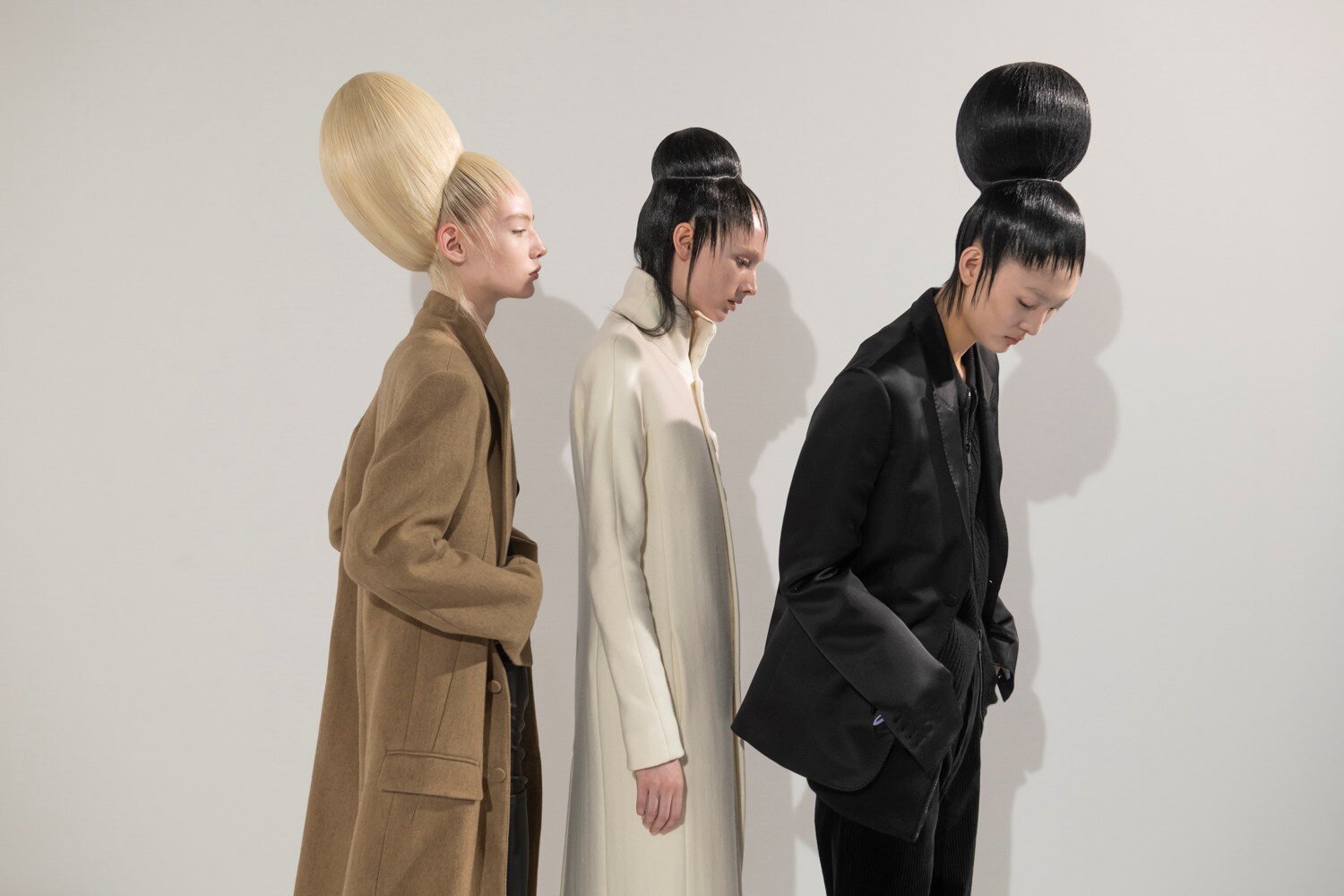


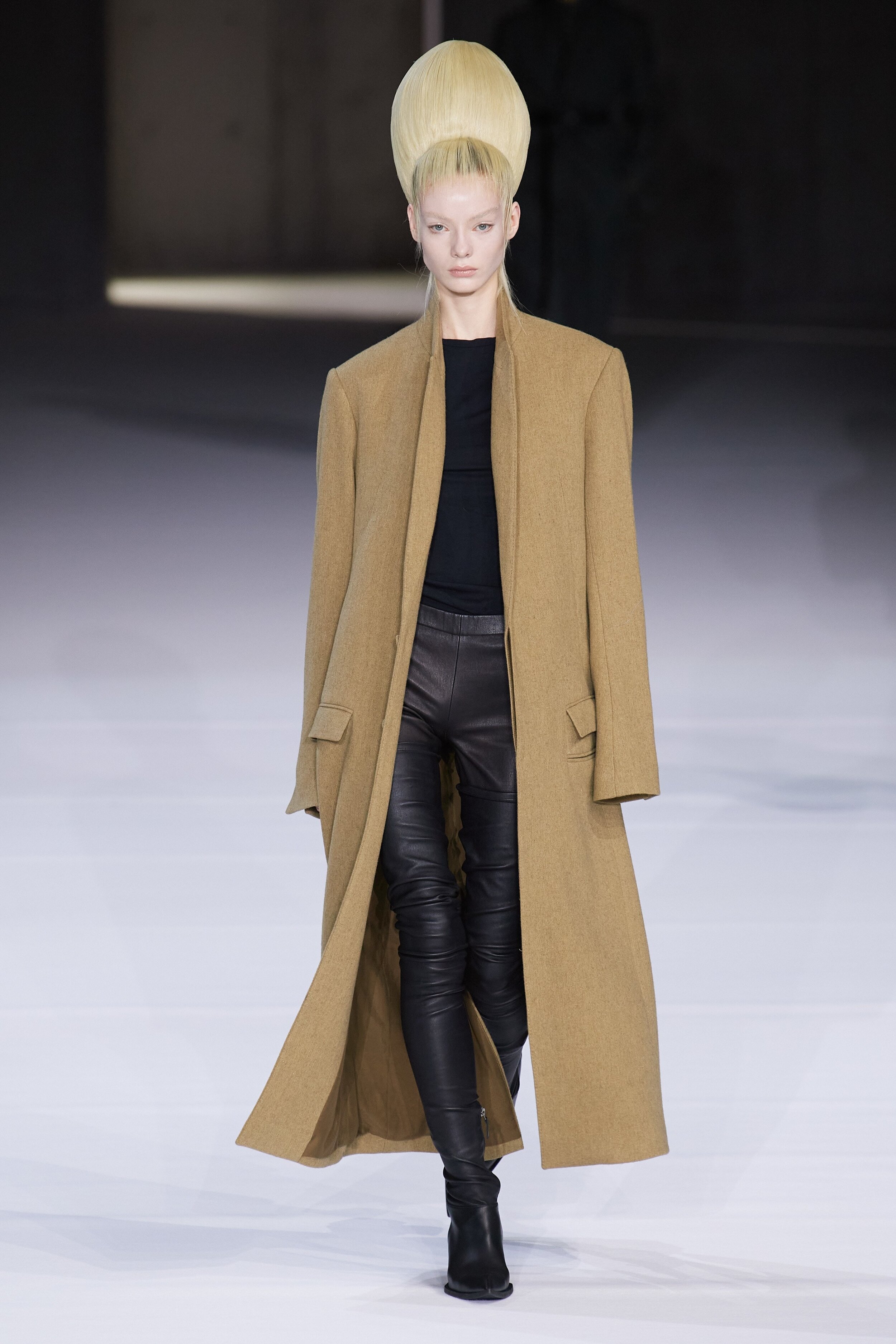

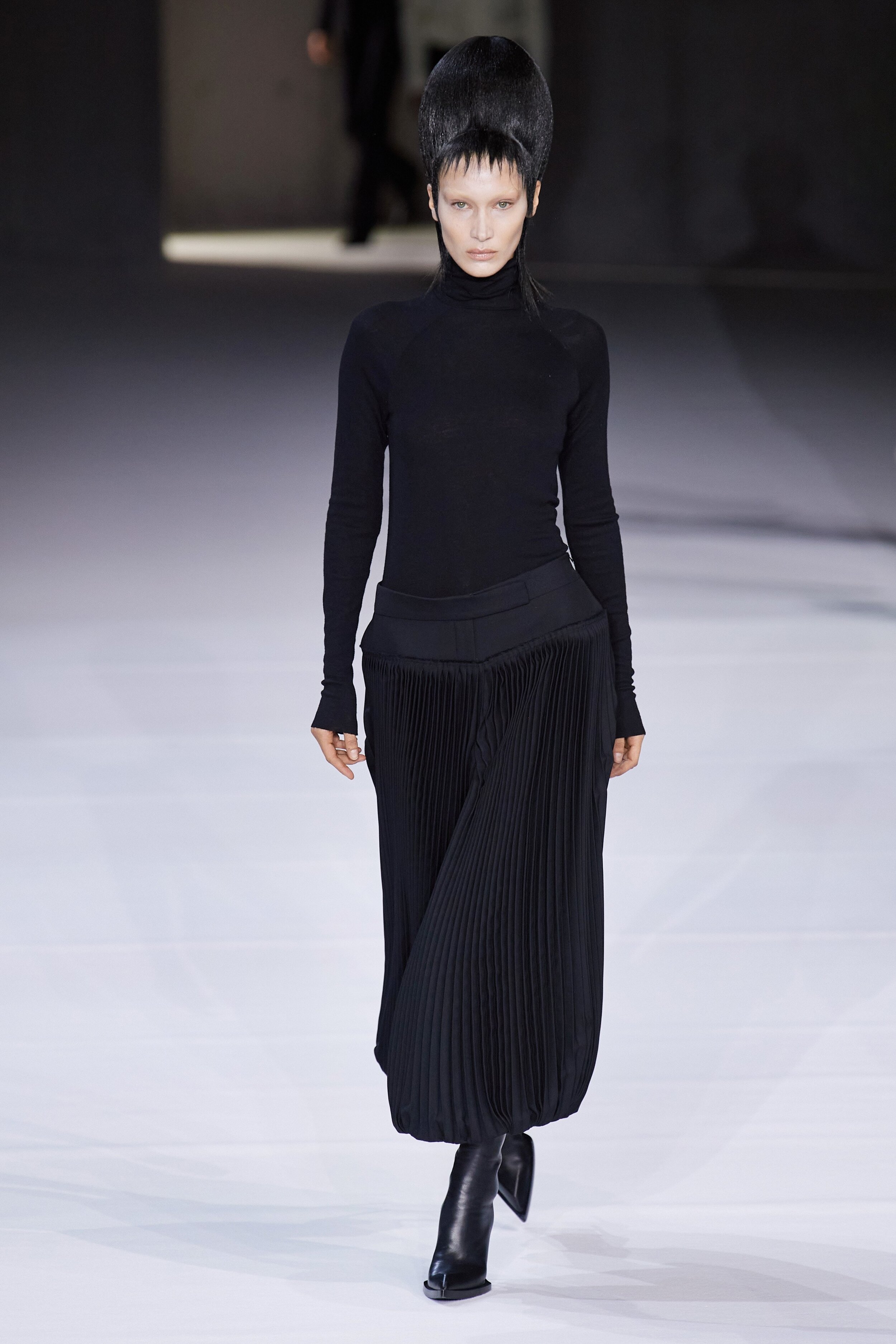
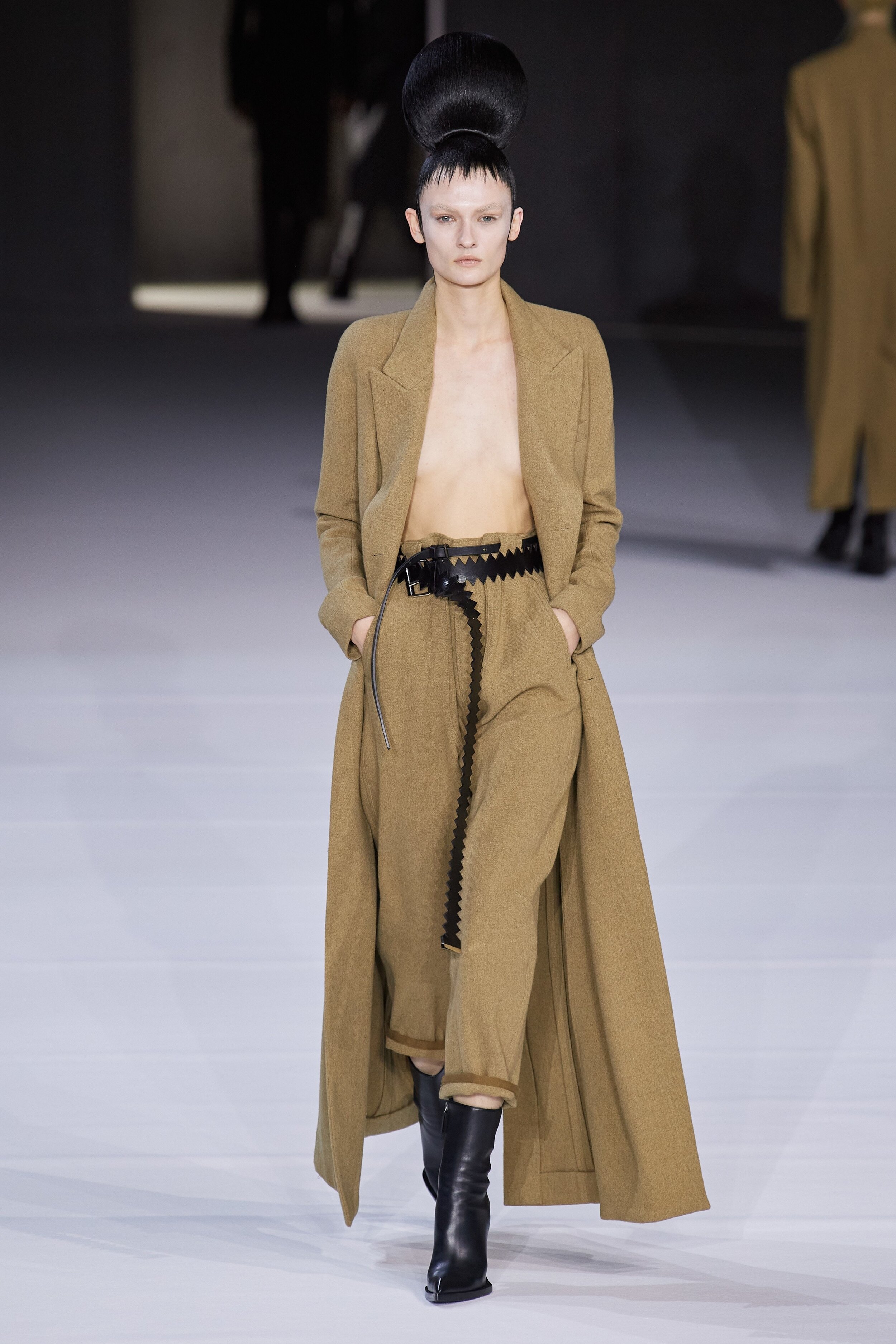

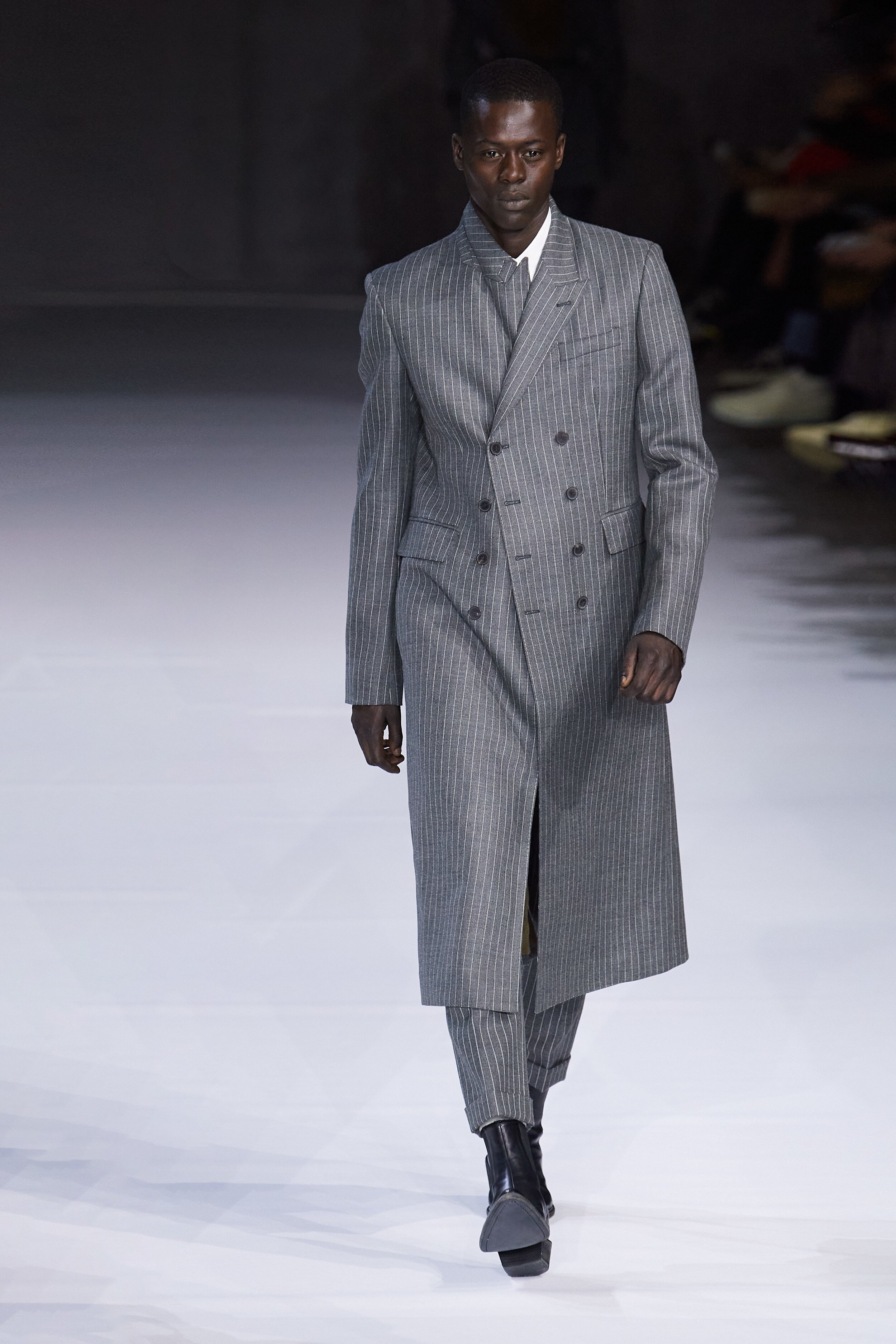
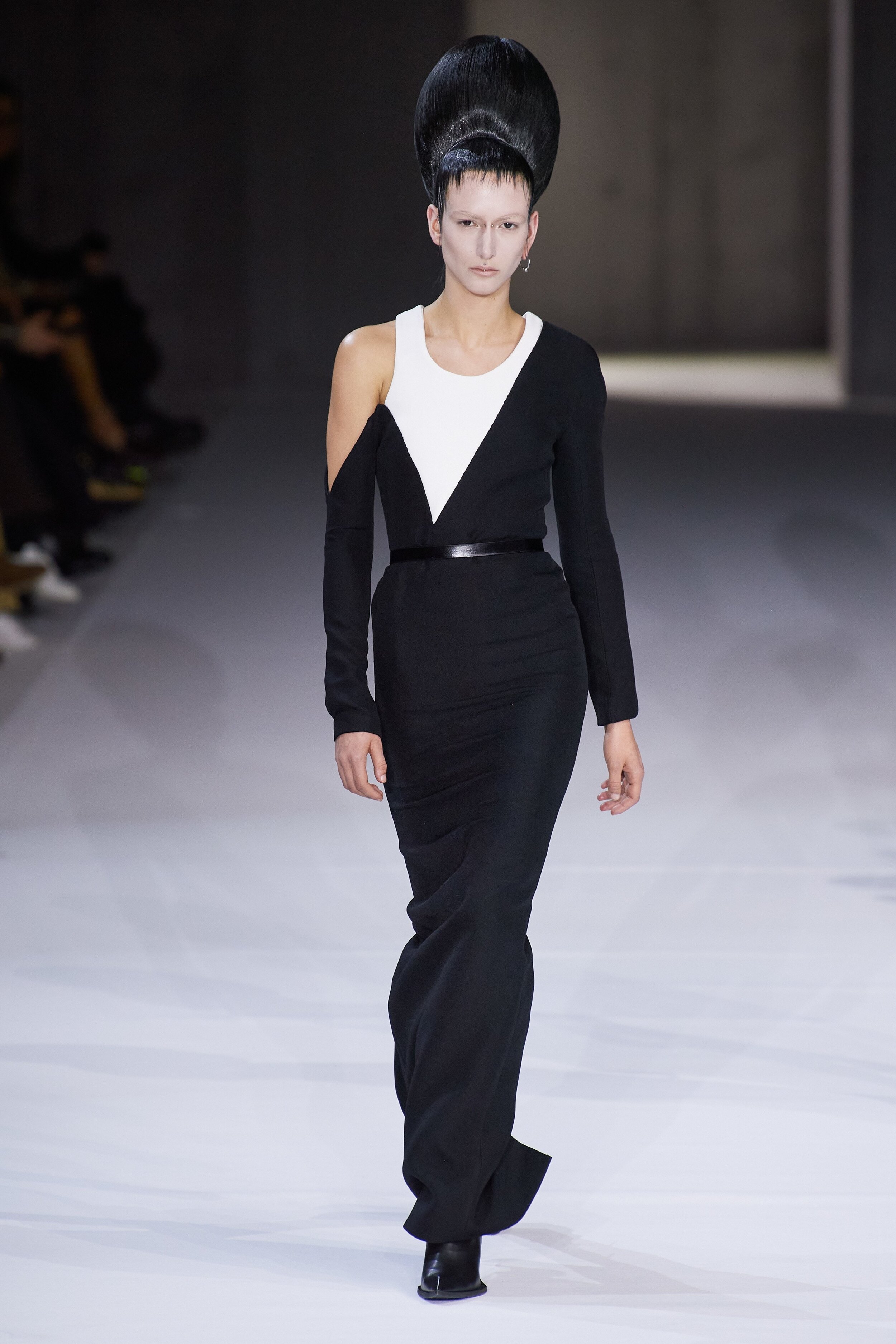
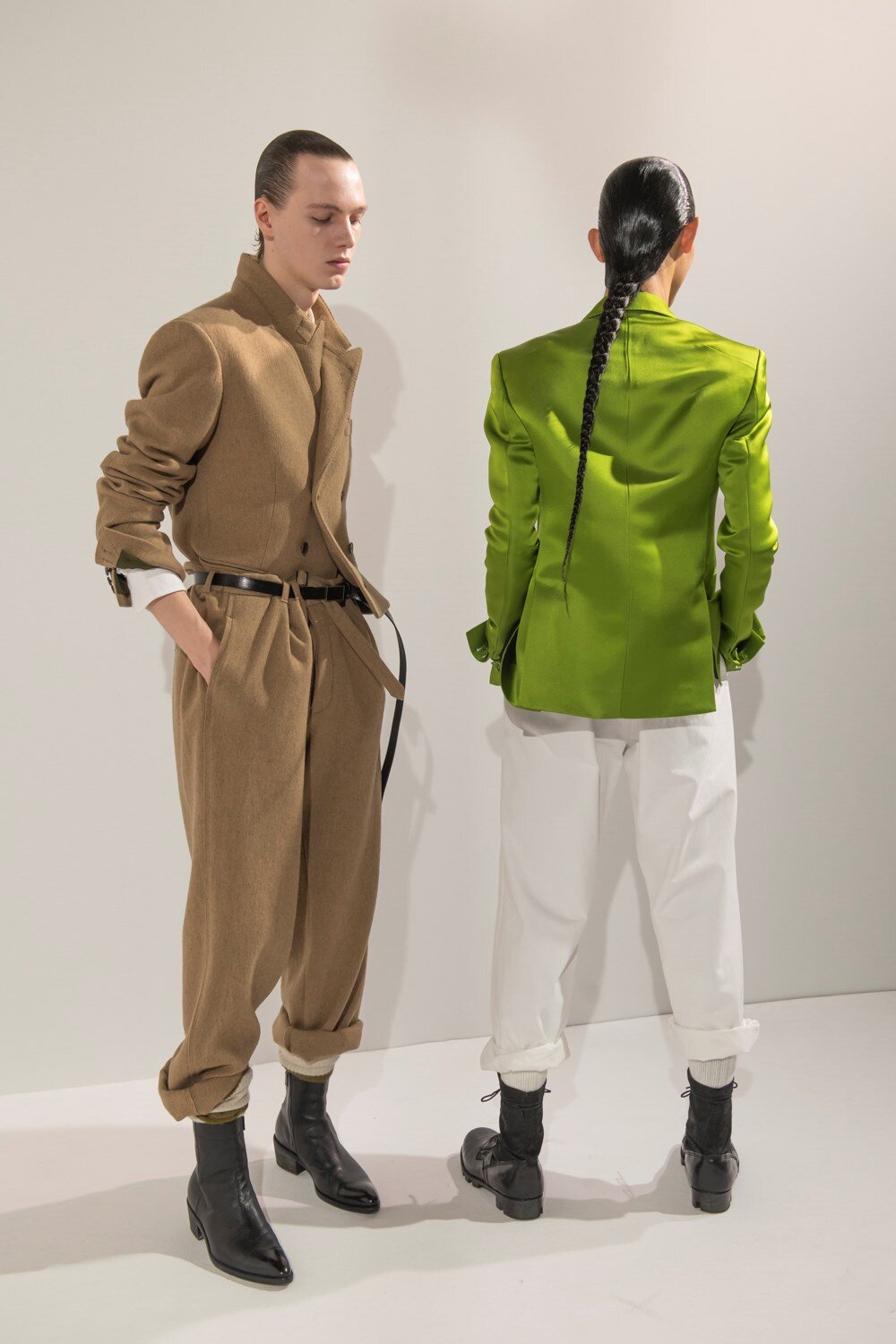









Why the American fashion capital and its millennial consumer seem to be obsessed with nostalgia, how The Row outdid itself again, and the controversial element in Raf Simons’s looks…